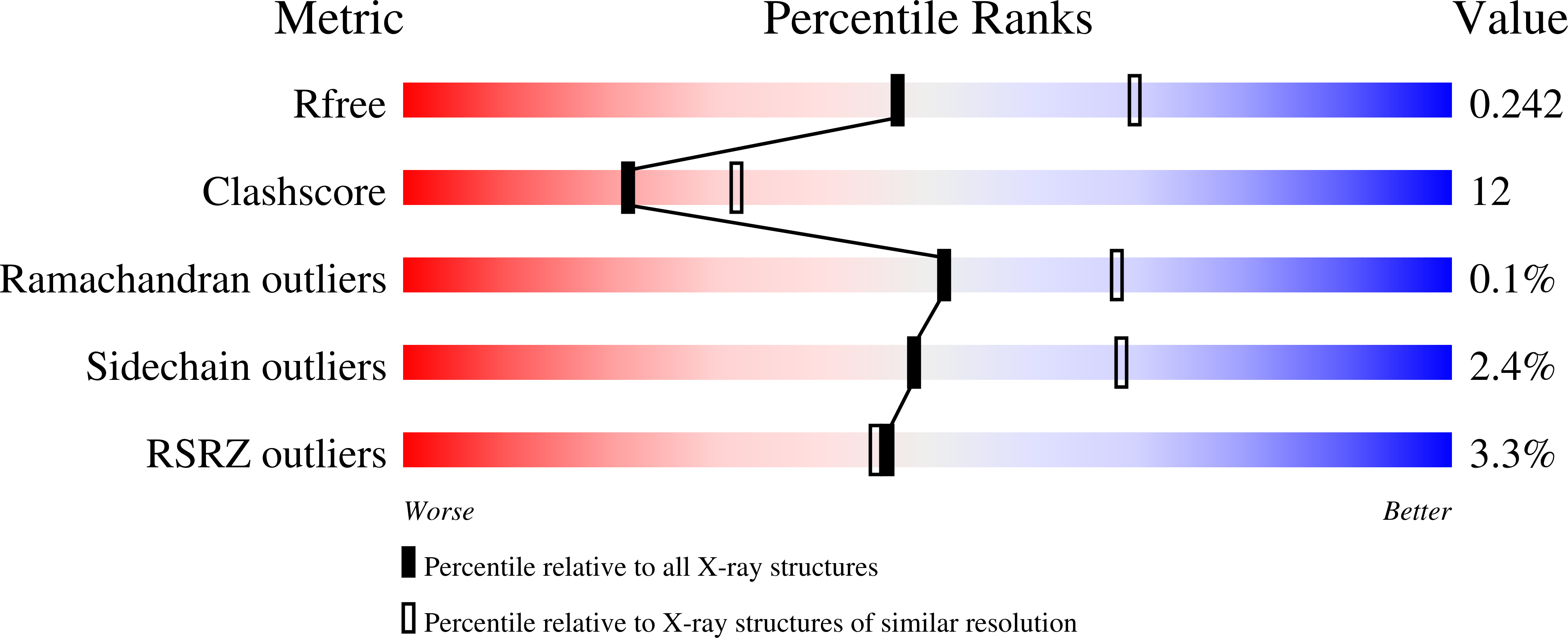
Deposition Date
2006-01-05
Release Date
2007-01-09
Last Version Date
2024-11-20
Entry Detail
PDB ID:
2FL1
Keywords:
Title:
Crystal structure of red fluorescent protein from Zoanthus, zRFP574, at 2.4A resolution
Biological Source:
Source Organism:
Zoanthus sp. (Taxon ID: 105402)
Host Organism:
Method Details:
Experimental Method:
Resolution:
2.40 Å
R-Value Free:
0.24
R-Value Work:
0.20
Space Group:
C 2 2 21


